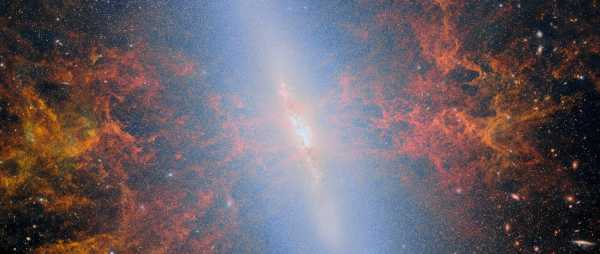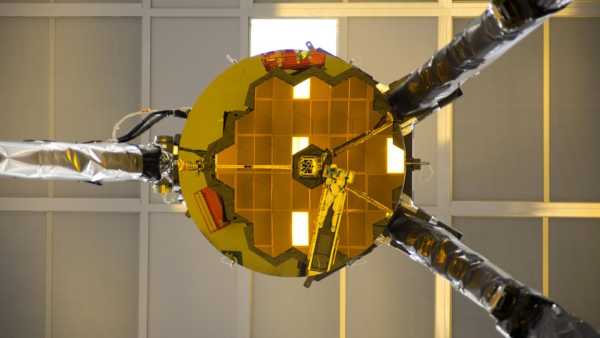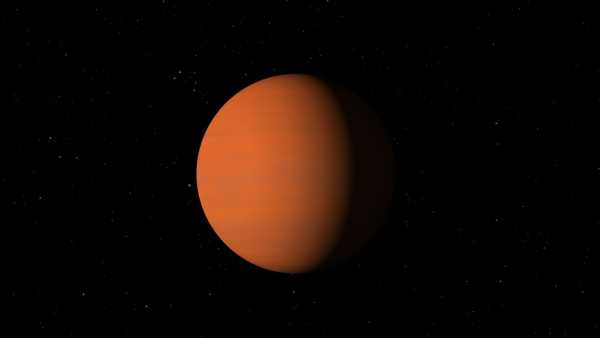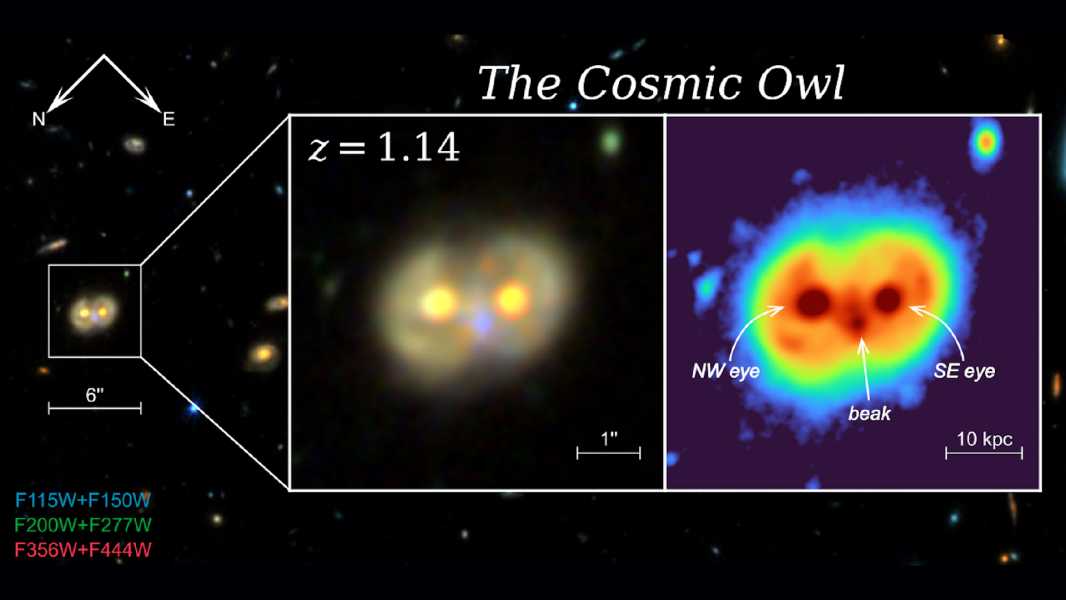
The “cosmic owl” as captured by the James Webb Space Telescope. Each “eye” represents an active galactic nucleus, and the “beak” is where stars are being born. (Image courtesy of Lee et al.)
Who is it? Simply the “Cosmic Owl,” the latest unusual discovery from the James Webb Space Telescope (JWST).
A new study using JWST data has revealed an owl-faced object staring at us from billions of light-years away. The structure was created by an extremely rare collision of two unique ring galaxies and serves as a natural laboratory for studying various processes related to galaxy evolution.
Galaxies come in a variety of shapes, from swirling spirals like our home galaxy, the Milky Way, to the cigar-shaped M82. Even more unusual are ring galaxies, like Hoag's Object. These galaxies form when a smaller galaxy passes through its larger companion, sending shock waves of stars and gas into a ring around the central core.
You may like
-
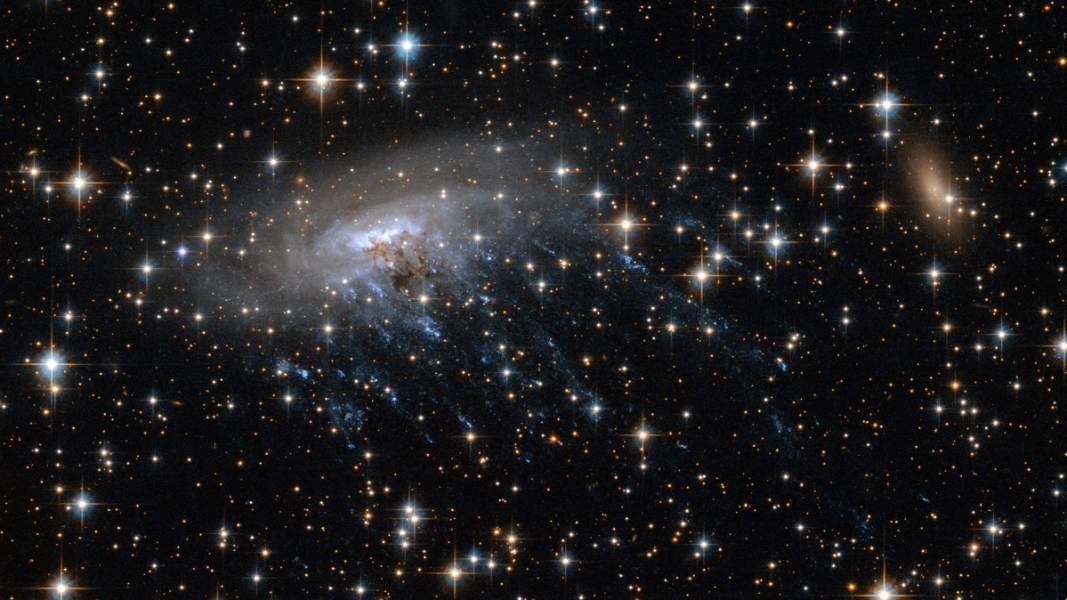
James Webb Telescope Discovers Tentacle-Like 'Jellyfish' Galaxy Floating in Deep Space
-
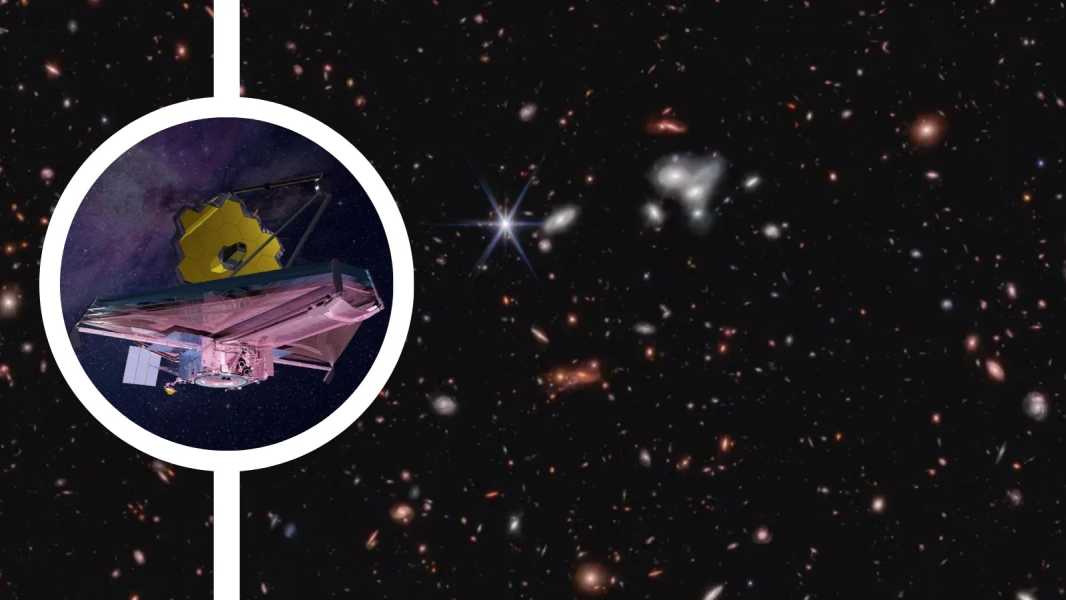
James Webb Space Telescope Captures Sharp Growth of Black Holes in Galaxies at 'Cosmic Noon'
Sourse: www.livescience.com


